A staff member has given notice, and as a supervisor the immediate gut punch of covering additional work, going through the hiring process, and taking the time to train someone sinks in. If this sentiment resonates, you are not alone. However, there are options of how to react when a team member decides to take a new leap or journey. With a staff resignation, there is a great opportunity for reflection related to the roles and responsibilities, vision for how this position supports organizational goals, and how you as a supervisor can better enhance the employee experience and developmental opportunities for team members.
I was recently introduced to the book What the Heck is EOS? by Gino Wickman and Tom Bouwer (2017). The Employee Operating System (EOS) is a strategy implemented in the for-profit sector to yield better business results by looking at the roles necessary for work and maximizing the human element of the business. While every practice is not transferable, I found myself reflecting on the way that the work was organized within my department and the opportunity to increase organizational effectiveness and employee experience through an evaluation of the seats or positions that exist.
Having a vacant position creates an opportunity for change with less resistance, and encourages remaining staff to truly evaluate their own goals, objectives, and how they can continue to enhance the experience moving forward. One of the first steps in the EOS system is compiling a list of the responsibilities that need to be completed and creating seats that make the most sense for those responsibilities (Wickman, 2017). The natural inclination may be to think about the individuals on your team as you are creating these seats, but that part will come later. Emphasize the needs of the organization and organize as intuitively as possible, without pre-assigning duties to existing team members.
After all the necessary seats are identified, begin assigning individuals to the roles or tasks. Lean into their strengths, explore shifting roles in a way that is meaningful while also allowing for personal and professional growth. Communicate the “why” behind the shift and ensure that the team is on board with understanding the move and the direct impact it will have on their work. Recognize their accomplishments and discuss why you feel they are the person best poised to succeed in this new seat. Emphasize the things that will get them excited. No one loves 100% of their role all the time, but it’s possible to love it a majority of the time.
Through this process, you may find the vacated position does not need to be filled. A thorough evaluation of responsibilities may show that more depth and substance can be added to existing roles. If there is a seat that remains open and must be filled, ensure you have effectively evaluated its need and determined its specific responsibilities and how they will serve the organization. This solidifies the ability to bring someone into a new role with clear expectations of how their responsibilities play into the larger vision and goals of the organization.
The final step before finding the ideal candidate is writing the job description. Fight against the temptation to list out each of the roles and responsibilities to extensively reflect the expectations of the position. Instead, opt for a holistic vision that represents the core values and skills necessary. Identify the primary projects that this individual will spearhead and make those the strategic focus during the recruiting process. This structure captures the key elements which may seem overwhelming in list form, while also identifying specific topics that candidates should highlight during the interview process. Differentiate between the pre-existing skills necessary to be successful versus tasks that can be learned if hired. This sets the search up to help find a candidate who will be able to demonstrate competency and excellence in both.
The position description should be enticing, exciting, and ultimately inspire candidates to want to learn more through the interview process – an energy that the selected candidate will ultimately bring to your team. Lastly, be honest. The job description should reflect the current needs of the team and the interview process should provide a time to further convey the current state of the team, where the selected candidate would fit into the needs of the department, and the strategic vision the department has moving forward. Just as a PNM goes through the recruitment process, candidates go through the interview process. Few things will leave a selected PNM or job candidate more disgruntled and frustrated than a misalignment of expectations, which can lead to lowered team morale and/or higher turnover (read: lower new member retention!).
It’s easy to feel some disappointment if an incredible team member leaves for a new opportunity – but remember – it also creates space for intentional evaluation of department practices and roles at a time when staff may be feeling complacent. Use the time to take a pause, evaluate intentionally, and refresh the team environment. You might be surprised by how much the team appreciates a shake-up – it is well known that growth and creativity are easily stifled in stale environments.
References
Wickman, G., & Bouwer, T. (2017). What the heck is EOS?: A Complete Guide for Employees in companies running on EOS. BenBella Books, Inc.
About the author
Hallie Rutt currently serves as Director of Member Services for Delta Gamma Fraternity. After graduating from Ashland University, she served as an Educational Leadership Consultant for Delta Zeta Sorority which launched a passion for the field and a desire to work with college students. Since completing her Master’s in Higher Education Administration from Kent State University in 2015, she has worked in various functional areas including academic advising, university extension/agriculture and youth development programming, as well as the last six years dedicated to fraternity and sorority life from a headquarters lens. In her current role, Hallie oversees the department which supports alumnae services, collegiate services, and organizational recruitment and extension strategies.



